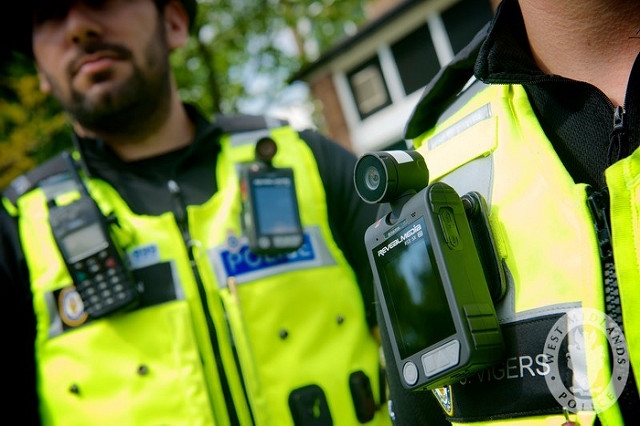02/14/2019
By Colleen Hammond | Staff Columnist
In the age of Instagram glamour and face-perfecting Snapchat filters, beauty standards for women seem to be straying further and further from reality. Nearly every major beauty corporation and retailer use highly edited photographs in their advertisements. Even bareMinerals, a company traditionally associated with their affinity for “natural beauty,” utilizes heavily edited images in their ads. While skin smoothing and blemish removing have been industry standard for decades, there is a positive change on the horizon.
On Jan.24, CVS Beauty, one of the nation’s largest beauty retailers, released their radical new ad campaign “Beauty in Real Life.”
A recent press release states, “This new initiative is being introduced in an effort to lead positive change around transparency in beauty as well as to allow customers to differentiate between authentic and materially altered imagery.”
In addition to the unedited images, CVS is implementing a new watermark to indicate that in image has not been materially altered. The company intends to implement this “CVS Beauty Mark” to all their retail locations by 2020. This bold move away from highly edited images places CVS at the forefront of the American beauty industry.
While marking unedited images may sound revolutionary to American audiences, a similar practice is legally required in European beauty mecca, France. By law, all edited photographs used in beauty advertisements are required to have a watermark disclosing it has been edited. Although that type of legal influence on advertising is highly unlikely in the United States, this daring effort by CVS should encourage other companies and retailers to do the same.
Self-regulation is the key to this issue. The overuse of edited images and a lack of transparency to the consumer allow the beauty industry to perpetually move the finish line of perfection, leaving more and more women excluded from societal expectations of attractiveness.
Companies need to recognize the damaging effects edited images have on their audiences and begin to move away from the unrealistic standards these images endorse.
By opening the door to unaltered photography, CVS has slowly helped to make beauty more accessible to a general audience. Instead of making beauty some far-fetched ideal only attainable for size 0 women with flawless skin and the perfect pout to their lips, CVS has helped broaden the realm of possibility for beauty standards. Under this new campaign, cosmetic products are not cure-alls for ugliness, but rather tools meant to enhance a woman’s natural beauty. In addition, it further the notion that physical perfection does not define femininity. Despite what the beauty industry frequently projects, women’s value and dignity is in no way tied to her appearance.
Although this groundbreaking campaign makes strides in the right direction for the beauty industry, the fight for more realistic beauty standards is not yet won. While CVS is helping set a tone in the industry, the real influencers in this situation are consumers. Until consumers demand increased transparency from their beauty providers, companies will continue to project their nations of beauty onto the masses.
If the majority of cosmetic users accept industry standards, major corporations have no financial reason to alter their practices. By favoring companies with more realistic portrayals of modern beauty, consumers send the message that they value more transparent and accurate advertising. Even though the benefits of this new campaign should be celebrated with hope for the future of beauty advertising, consumers must do their part to support such practices.




